In the realm of backyard birding, technology has soared to new heights with the development of smart bird feeders capable of identifying visitors to your garden. These innovative devices combine traditional bird feeding with cutting-edge technology, creating an unprecedented opportunity for bird enthusiasts, citizen scientists, and casual observers alike to connect with nature. Smart bird feeders equipped with identification capabilities represent a fascinating intersection of ornithology, computer vision, artificial intelligence, and the simple joy of watching birds. By automatically recognizing different species that visit your yard, these smart feeders are transforming casual bird-watching into a data-rich experience that contributes to our collective understanding of avian populations and behaviors.
The Evolution of Bird Feeders
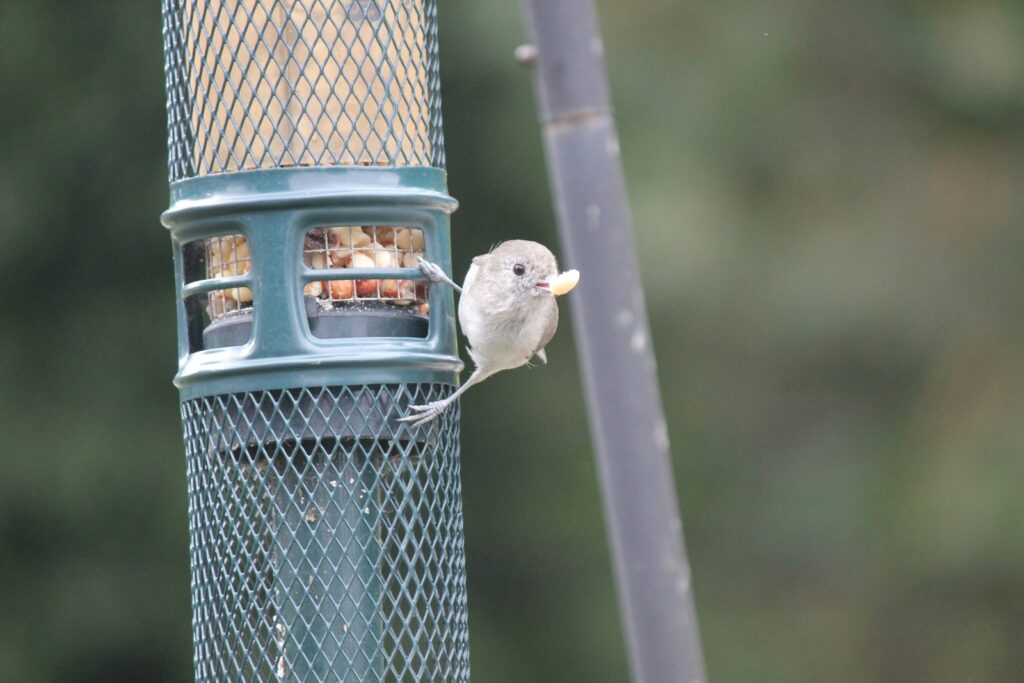
Bird feeders have come a long way from their humble beginnings as simple wooden platforms or mesh containers. Traditional feeders served the basic purpose of providing food for our feathered friends, but offered little in terms of interaction or information gathering. As technology advanced, so did our ability to enhance these simple structures with features like squirrel-proofing mechanisms, weather protection, and specialized feeding ports for different species. The most recent evolutionary leap has been the integration of digital technology—cameras, sensors, and AI—creating feeders that not only feed birds but also identify them, count them, photograph them, and even alert you to their presence. This transformation represents a fundamental shift in how we interact with backyard wildlife, moving from passive observation to active data collection and species monitoring.
How Smart Identification Feeders Work
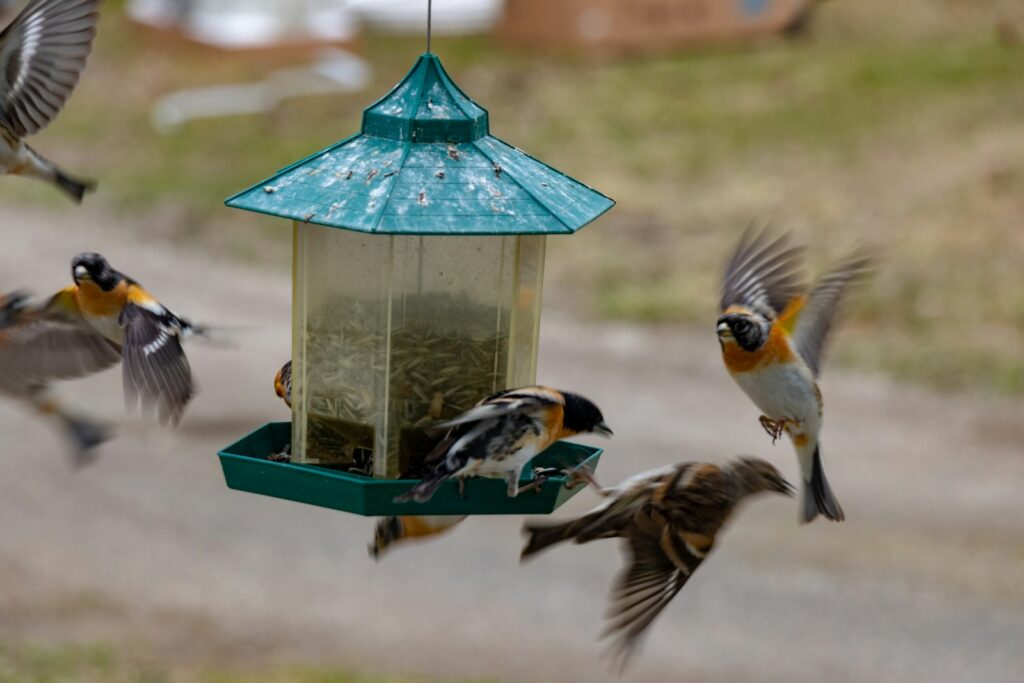
Smart identification bird feeders utilize a sophisticated combination of hardware and software technologies to recognize avian visitors. At the heart of these systems is a weather-resistant camera positioned to capture clear images of birds as they land on or approach the feeder. These images are processed in real-time by embedded computer vision algorithms trained on thousands of images of different bird species, analyzing distinctive features such as coloration patterns, beak shapes, body sizes, and even behavioral characteristics. Some advanced models incorporate motion sensors that trigger image capture only when a bird is present, conserving battery life and reducing the processing of irrelevant footage. The identification data is then transmitted via WiFi or Bluetooth to a connected app on the user’s smartphone or tablet, providing instant notifications and maintaining a digital log of all feathered visitors.
Key Features of Modern Smart Bird Feeders
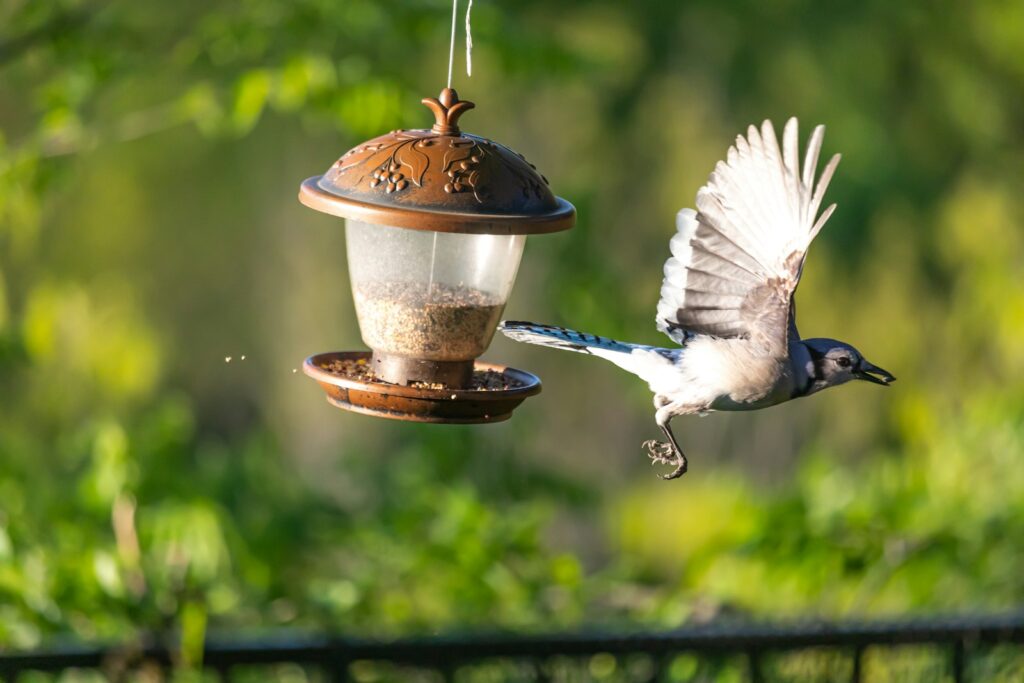
Today’s smart bird feeders pack an impressive array of features beyond basic identification capabilities. High-definition cameras capture stunning close-up images and videos of birds, often with quality rivaling professional wildlife photography. Many models include customizable alerts that notify users when specific species of interest visit the feeder, perfect for those hoping to spot rare or seasonal visitors. Data collection features track feeding patterns, visitation times, and species frequency, building comprehensive databases of backyard biodiversity. Some advanced models incorporate weather sensors to correlate bird activity with environmental conditions, while solar panels or efficient battery systems ensure continuous operation. Many feeders also integrate with citizen science platforms, automatically contributing observations to projects like eBird or Project FeederWatch, making every backyard an extension of global ornithological research.
The Technology Behind Bird Recognition
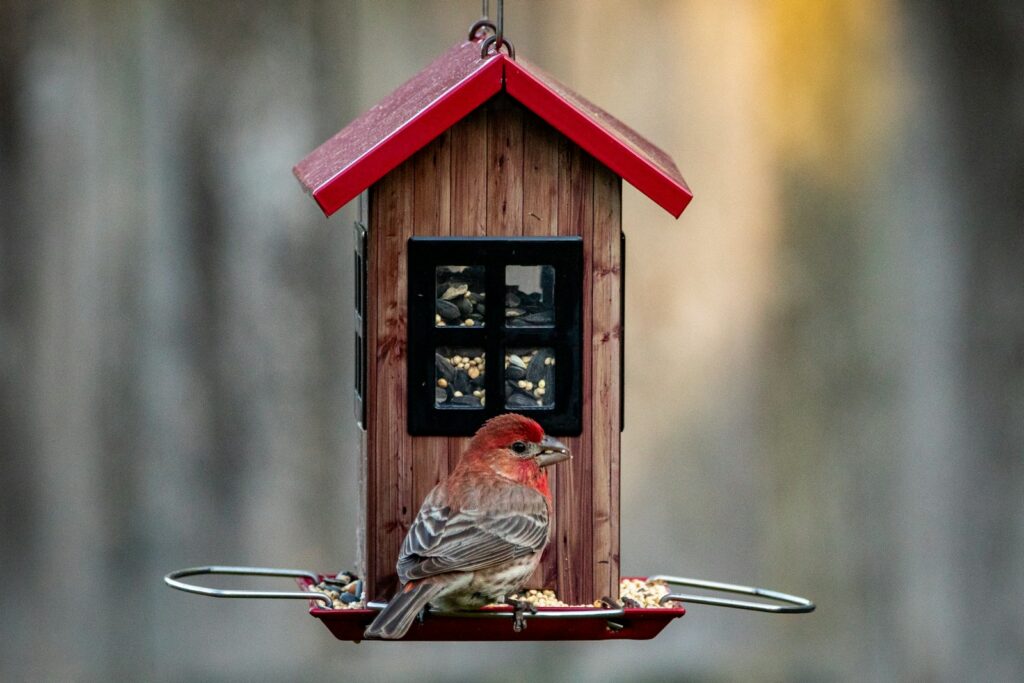
The ability to accurately identify bird species relies on sophisticated artificial intelligence and machine learning algorithms. These systems are trained on massive datasets containing millions of bird images across thousands of species, learning to recognize distinguishing characteristics even in varying lighting conditions, angles, and positions. Neural networks—similar to those used in facial recognition technology—process multiple visual features simultaneously to make identification decisions in fractions of a second. Modern identification systems can achieve accuracy rates exceeding 95% for common species, with continuous improvements as the AI learns from new images and corrected misidentifications. The most advanced systems can even recognize individual birds within a species based on unique markings or behaviors, allowing for population counts and territory mapping of regular visitors. This technology represents a remarkable achievement in applied computer vision, bringing professional-grade ornithological tools to everyday bird enthusiasts.
Benefits for Casual Bird Watchers
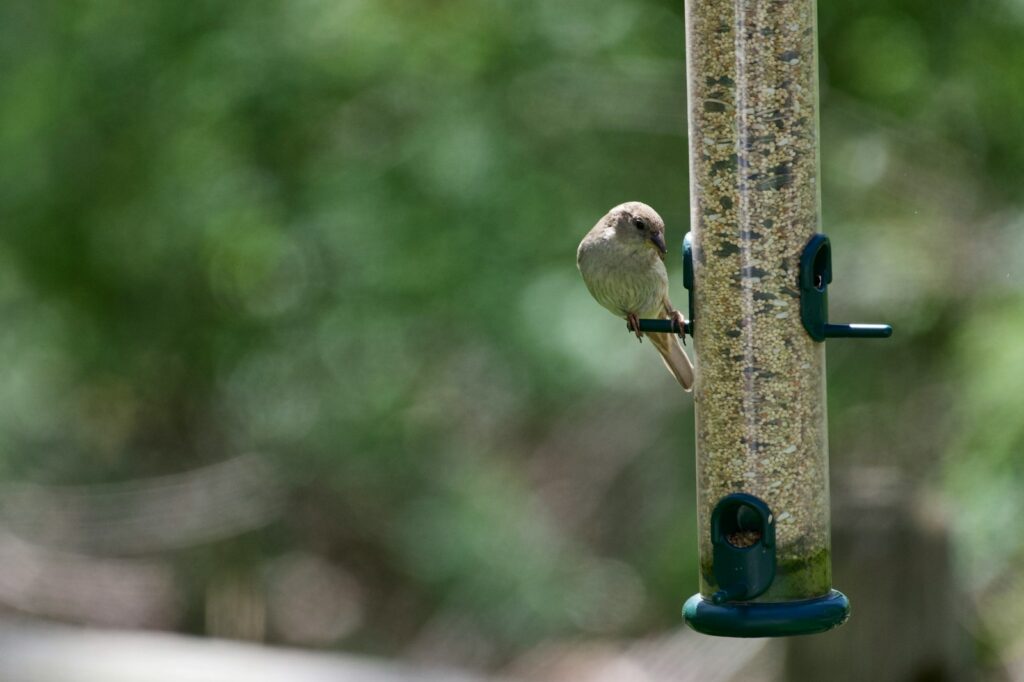
For casual bird enthusiasts, smart identification feeders transform a passive hobby into an interactive and educational experience. The immediate identification of visitors eliminates the frustration of flipping through field guides or squinting through binoculars, trying to distinguish similar species. These feeders serve as patient teachers, gradually building users’ knowledge of local birds through repeated exposure and identification. The accompanying apps often include interesting facts, calls, and behaviors of identified species, creating an engaging learning platform accessible to all ages. For those with limited mobility or time constraints, smart feeders provide a window into backyard biodiversity even when users can’t be physically present, sending alerts about unusual visitors or peak activity times. Many bird watchers report that the combination of technology and nature has rekindled their enthusiasm for the hobby, especially when rare or unexpected species are automatically documented and shared.
Contributions to Citizen Science
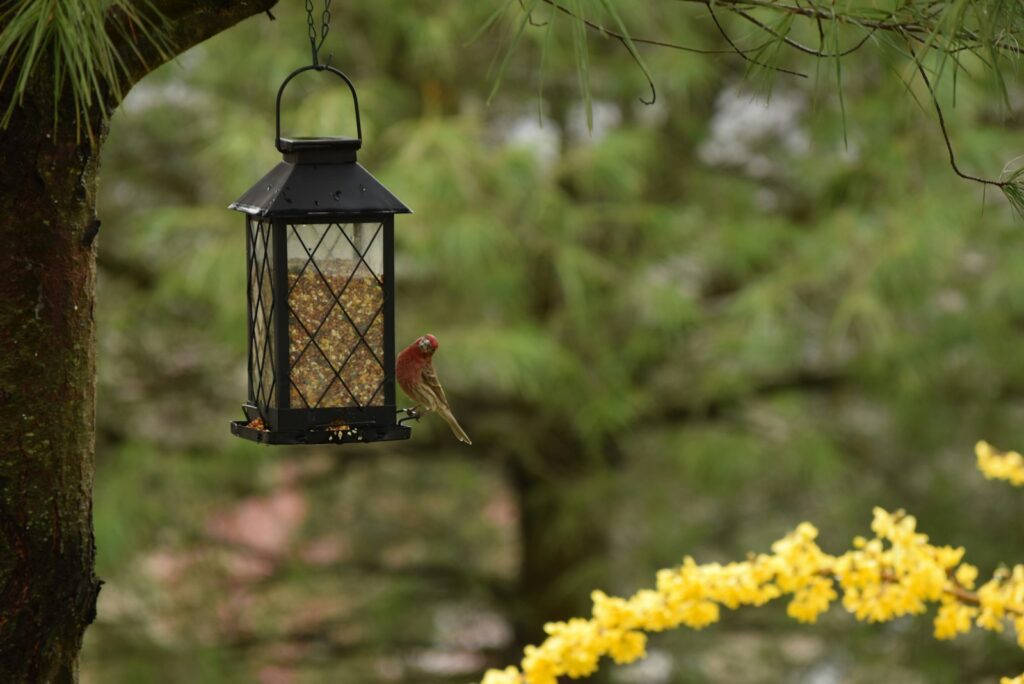
Smart bird feeders have revolutionized citizen science by enabling automatic, standardized data collection across thousands of locations simultaneously. Unlike traditional bird counting methods that rely on human observers with varying levels of expertise, these feeders provide consistent, verifiable records through timestamped photos and videos. Many smart feeder systems integrate directly with scientific databases like eBird, automatically uploading observations that contribute to large-scale studies on migration patterns, population trends, and responses to climate change. Researchers can now access unprecedented quantities of data from private backyards, expanding monitoring networks far beyond what professional scientists could maintain alone. The democratization of data collection has enabled studies with continental scope, helping ornithologists track subtle shifts in species ranges and behaviors that might otherwise go unnoticed. For users, the knowledge that their backyard observations contribute to meaningful science adds a rewarding dimension to bird feeding.
Popular Models on the Market
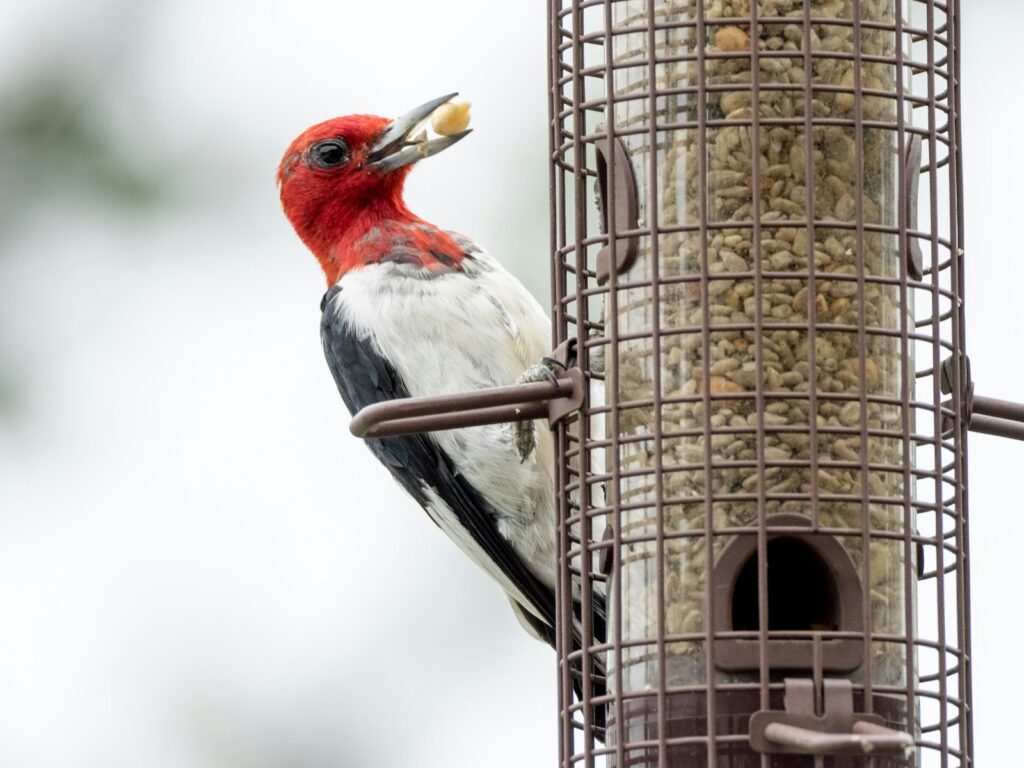
The market for smart identification bird feeders has expanded rapidly, with several standout models leading the field. The Bird Buddy, one of the most successful crowdfunded wildlife products ever, combines high-resolution photography with AI identification and a user-friendly app that builds a personalized collection of visiting species. Netvue’s Birdfy offers similar technology with emphasis on instant notifications and HD video capabilities, along with optional solar charging accessories for continuous operation. For serious ornithologists, the Bird Sentry Pro provides research-grade data collection with weather integration, extended battery life, and compatibility with multiple scientific databases. More affordable entry-level options like the WingScout focus on basic identification and photography without advanced analytics. Features that differentiate competing models include image resolution, battery life, field of view, water resistance, seed capacity, and the sophistication of companion software – with prices ranging from under $100 for basic models to $300+ for premium systems.
Installation and Maintenance Considerations
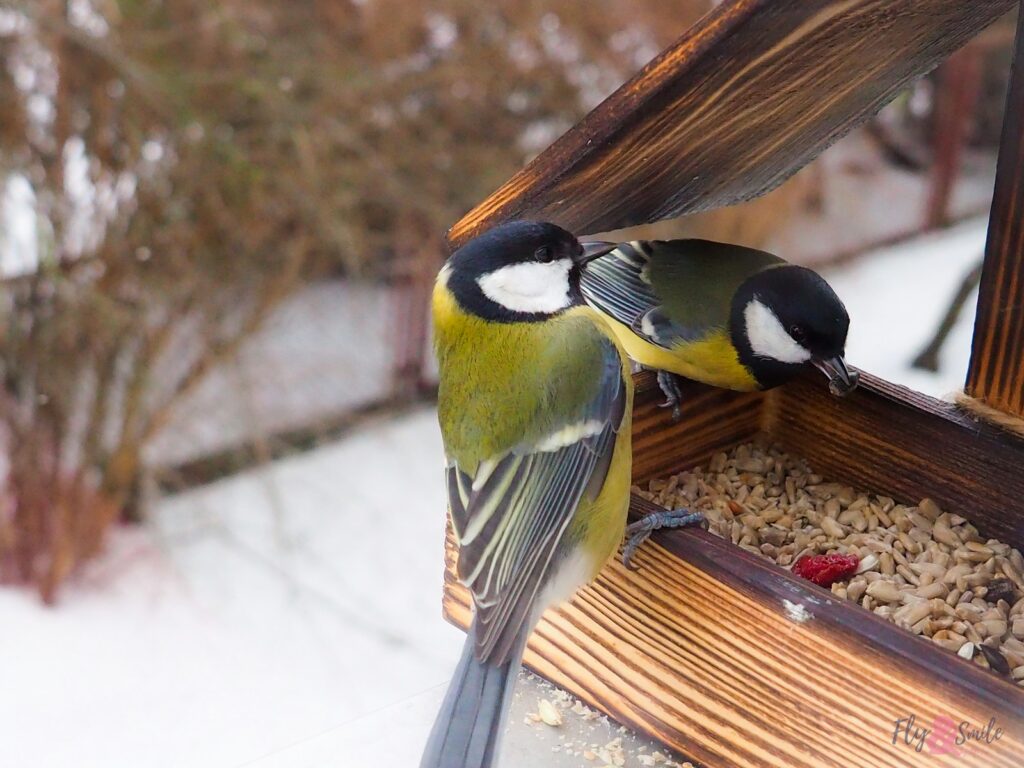
Successfully deploying a smart bird feeder requires thoughtful placement and regular maintenance to ensure optimal performance. Ideal mounting locations balance good visibility for the camera with appropriate shelter from extreme weather conditions that might damage electronic components. Most manufacturers recommend positioning feeders at least five feet off the ground and ten feet from dense foliage to prevent squirrel access while maintaining a clear field of view for the camera. WiFi connectivity is essential for many features, so placement within range of a home network is necessary unless the model offers cellular data capabilities. Regular maintenance includes not only refilling seed and cleaning feeding surfaces—as with traditional feeders—but also checking camera lenses for dust or water spots, updating software, and occasionally recharging batteries if the unit isn’t solar-powered. Some users report that including multiple feeding ports reduces competition and increases species diversity captured by the system.
Privacy and Ethical Considerations
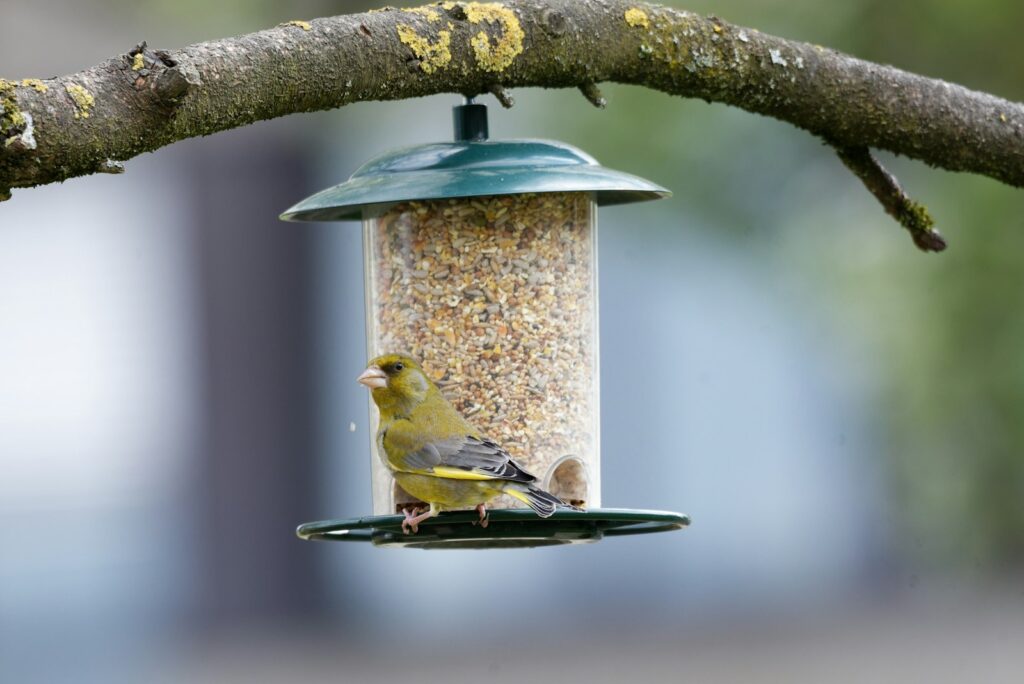
The deployment of camera-equipped devices in residential settings raises important questions about privacy and data usage. Most smart bird feeders are designed with narrowly focused cameras intended to capture only the feeding area, but users should still be mindful of camera positioning to avoid inadvertently recording neighbors’ properties or public spaces. Many manufacturers have addressed privacy concerns by implementing strong data encryption, clear terms of service regarding image ownership, and options to limit data sharing to scientific databases rather than social platforms. Ethical considerations extend to the wildlife as well—some ornithologists recommend monitoring for signs that feeders are creating unnatural dependencies or attracting invasive species that might outcompete native birds. Responsible users should consider feeding as a supplement to natural food sources rather than a replacement, and follow local guidelines about seasonal feeding practices. The environmental impact of manufacturing and eventually disposing of electronic devices also merits consideration in the broader ethical calculation.
Educational Value for Families
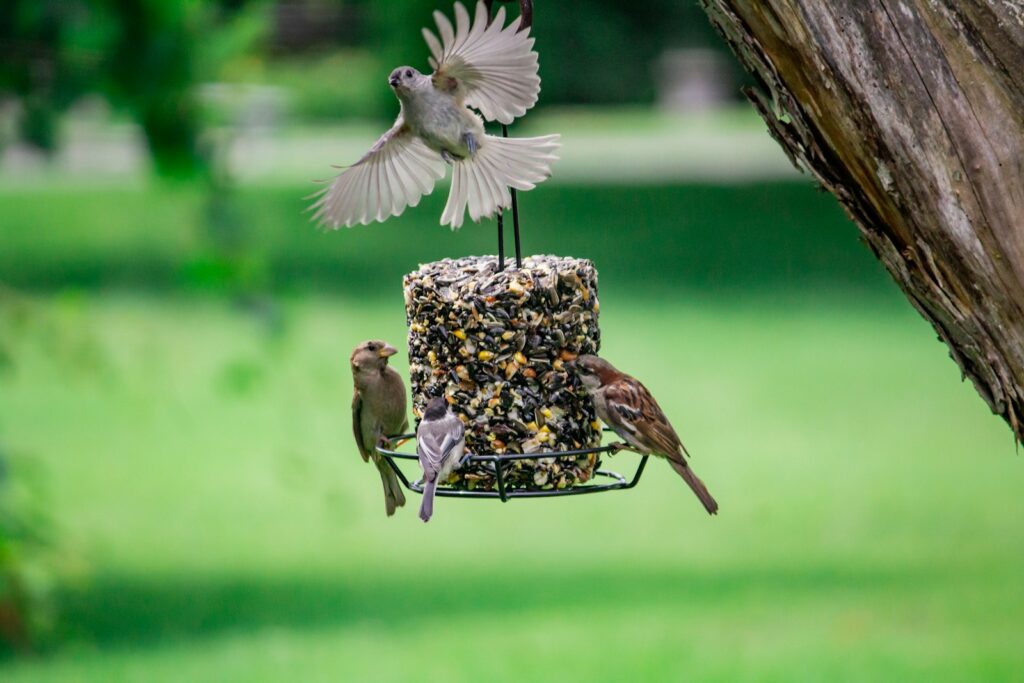
Smart bird feeders offer exceptional educational opportunities for families, engaging children with nature through technology they inherently understand. The immediate identification and information provided by these systems create “teachable moments” far more engaging than abstract lessons about biodiversity. Many parents report that children who showed little previous interest in wildlife become enthusiastic about learning to recognize different species once they can match real-time visitors with the information provided by the app. School science projects based on data collected from smart feeders have won competitions and inspired career interests in ornithology, computer science, and conservation biology. The combination of real birds with digital interaction bridges the nature-technology divide that concerns many educators and child development experts. Families often develop routines around checking “who visited today,” creating shared experiences that connect multiple generations to the natural world outside their windows.
Comparing Smart Feeders to Traditional Methods
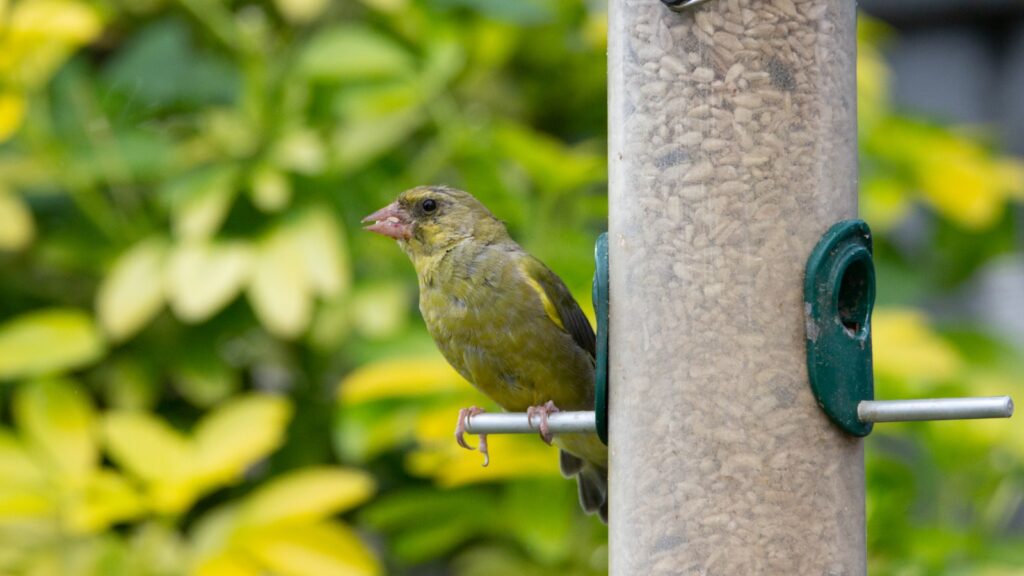
While traditional bird watching methods rely on field guides, binoculars, and patient observation, smart feeders offer distinct advantages in certain contexts. Traditional approaches require knowledge, time, and physical presence that may be inaccessible to some potential enthusiasts, whereas smart feeders democratize bird identification regardless of prior expertise or ability to maintain a constant watch. The digital record-keeping of smart systems eliminates the human errors and biases that can affect manual counts and identification, particularly for similar-looking species or brief visits. However, smart feeders currently focus primarily on birds that visit feeding stations, missing species that don’t typically use feeders—a limitation that traditional observation methods don’t share. Many experienced birders find that the ideal approach combines traditional skills with smart technology, using the feeder’s identification capabilities to verify observations or capture events they might have missed. The technologies serve complementary purposes rather than replacing each other entirely.
Future Developments and Trends

The future of smart bird feeders promises even more sophisticated integration of technology and nature observation. Next-generation models will likely feature improved nighttime identification capabilities through infrared imaging, allowing documentation of nocturnal species like owls that occasionally visit feeders. Advanced acoustic monitoring systems that identify birds by calls and songs in addition to visual characteristics will expand coverage to species that remain hidden but vocalize nearby. Several manufacturers are developing multi-sensor networks that coordinate between several feeders and monitoring points throughout a property to map territories and movement patterns of resident birds. Machine learning algorithms will continue to improve, eventually distinguishing individual birds within a species based on subtle plumage variations or behaviors. Integration with augmented reality platforms may soon allow users to see identification tags and information overlaid on live views of their yards through smartphones or AR glasses. These developments will further blur the boundary between recreational bird watching and professional ornithological research.
The Community Aspect of Smart Birding
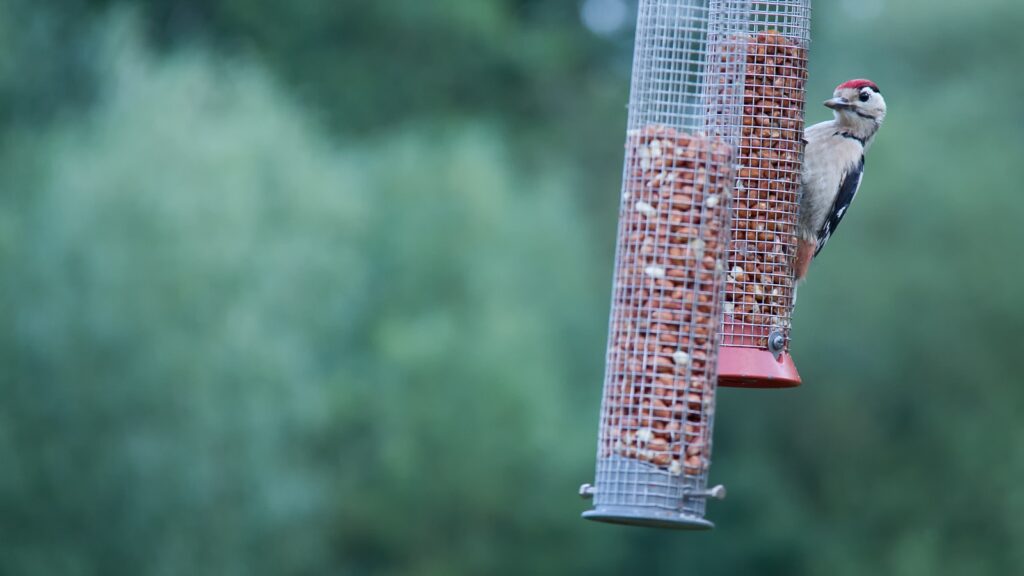
Perhaps one of the most unexpected benefits of smart bird feeders has been the formation of vibrant communities around these technologies. Most companion apps include social features allowing users to share notable sightings, creating networks of bird enthusiasts who might never have connected through traditional clubs or organizations. Neighborhood mapping features show species diversity across communities, sparking friendly competition to attract the most varieties and encouraging habitat improvements beyond simple feeding. Online forums dedicated to specific smart feeder models buzz with discussions about optimization tips, unusual sightings, and troubleshooting advice. Many users report that the social aspects of digital bird watching have introduced them to neighbors with shared interests and inspired community conservation projects. Virtual “bird clubs” have formed around shared data from smart feeders in specific regions, with members collaborating on habitat enhancement projects to attract target species. This community dimension has transformed what was traditionally a solitary hobby into a connected experience that builds both environmental awareness and social bonds.
Conclusion
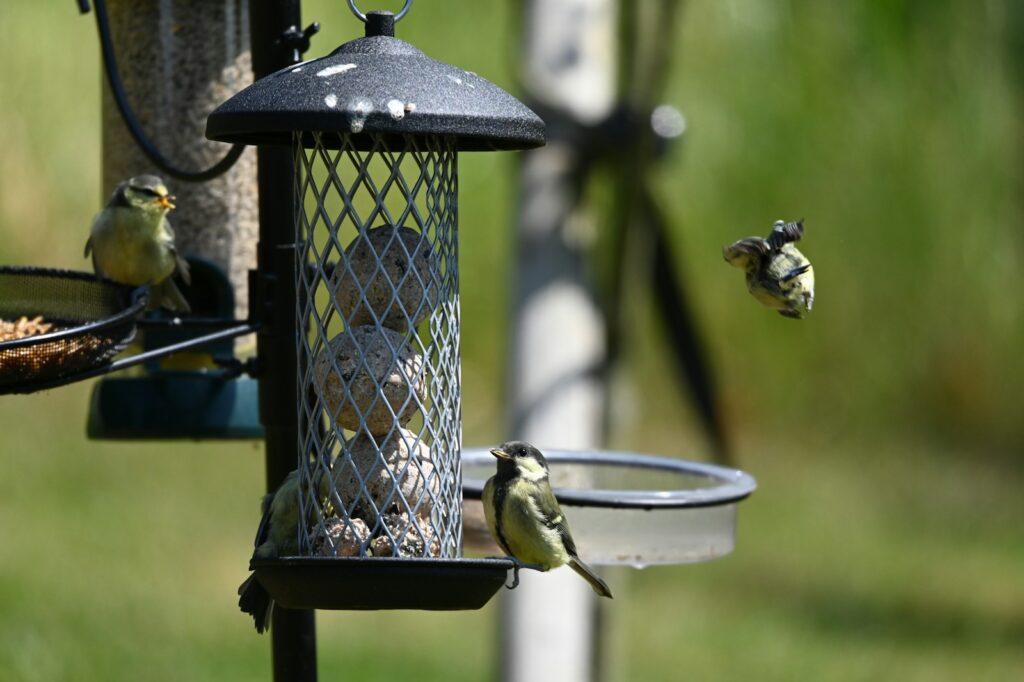
Smart bird feeders with identification capabilities represent a remarkable confluence of nature appreciation and technological innovation. They’ve transformed the simple act of feeding birds into an information-rich activity that serves both recreational and scientific purposes. For casual observers, these devices offer an accessible entry point into the world of ornithology without requiring extensive prior knowledge. For scientists they provide a vast network of monitoring stations that generate standardized data about bird populations and behaviors. As these technologies continue to evolve and become more accessible, they promise to deepen our connection to the natural world even as our lives become increasingly digital. The smart bird feeder embodies a hopeful vision where technology enhances rather than replaces our relationship with nature—using artificial intelligence to help us better understand, appreciate, and ultimately protect the wild birds that share our environment.
